HOW MATERIALS MATTER
HOW MATERIALS MATTER
Design, Innovation and Materiality in the Pacific
Graeme Were

First published in 2019 by
Berghahn Books
www.berghahnbooks.com
2019 Graeme Were
All rights reserved. Except for the quotation of short passages for the purposes of criticism and review, no part of this book may be reproduced in any form or by any means, electronic or mechanical, including photocopying, recording, or any information storage and retrieval system now known or to be invented, without written permission of the publisher.
Library of Congress Cataloging-in-Publication Data
Names: Were, Graeme, author.
Title: How materials matter : design, innovation and materiality in the Pacific / Graeme Were.
Description: New York : Berghahn Books, 2019. | Includes bibliographical references and index.
Identifiers: LCCN 2018057232 (print) | LCCN 2018061542 (ebook) | ISBN 9781789202021 (ebook) | ISBN 9781789202014 (hardback : alk. paper)
Subjects: LCSH: Pacific Islanders--Material culture. | Material culture--Oceania. | Plant products--Oceania. | Handicraft--Oceania. | Design--Oceania. | Oceania--Social life and customs.
Classification: LCC GN663 (ebook) | LCC GN663 .W47 2019 (print) | DDC 306.4/60995--dc23
LC record available at https://lccn.loc.gov/2018057232
British Library Cataloguing in Publication Data
A catalogue record for this book is available from the British Library
ISBN 978-1-78920-201-4 hardback
ISBN 978-1-78920-202-1 ebook

Contents

Illustrations

Acknowledgements
This book would not have been possible had it not been for the kind and unwavering support of the Nalik community in New Ireland, Papua New Guinea. I first conducted fieldwork in the village of Madina in 2000 towards the award of my doctorate degree, and since then, I have returned to the Nalik community almost annually. The close friendships I have developed over this time have provided me with privileged insights into Nalik society, including a window into understanding the role of plants in a rapidly changing society. I would like to thank my close colleagues in the community, in particular: Martin Kombeng, Adam Kaminiel, Richard Waika, Bob and Alice Kaminiel, the Batu and Lupai families, the Sabutan family and Professor Craig Volker for their unerring generosity in the field.
There are those friends and comrades who passed away during the writing of this text who deserve a special mention: Simon Waika, Walter Sisia, Kambarenges Benuona Luapoi, Cathy Kombeng, Dostain Homerang, Paul Lupai, Augustus Tumat and Rambana Wandalu.
I would like to thank Professor Roger Newman and Professor Alan Fernyhough at Scion Research for their support of my project during fieldwork in Rorotua, New Zealand. In the storage facilities of the British Museum, Jill Hassel and John Osbourne (now retired) were instrumental in providing access and knowledge of collections, as were Dr Lissant Bolton and Dr Ben Burt from the Department of Africa, Oceania and the Americas. Professor Edward Hviding (University of Bergen) provided me with access to and valuable insights into the Western Solomon Islands war canoe, including his draft manuscript, which I greatly acknowledge. Dr Mark Nesbitt at Kew Botanical Gardens in London provided some important insights into botanical collections and their histories. Professor Stuart Robson, Dr Mona Hess and Sally MacDonald (all UCL) worked tirelessly with me on the 3D war canoe scanning project as did PhD candidate Francesca Simon Millar. Their technical understanding of 3D scanning contributed to Millar and Michael Westaway, as well as the University of Queensland Anthropology Museum, Diana Young and Jane Willcock.
I wish to acknowledge funding from various sources. Research in New Ireland, Papua New Guinea, was funded by the Norwegian Research Council through the project Pacific Alternatives: Cultural Heritage and Political Innovation in Oceania in 2009. The University of Queensland (UQ) provided generous funding through various schemes: New Staff start up grant on The Ideas of Materials in the Pacific, which provided funding for trips to New Ireland and New Zealand as well as trips to museum collections in Australia, New Zealand and the UK; a UQ Early Career Researcher grant to conduct further research in New Ireland; the UQ Collaboration and Industry Engagement Fund The Mobile Museum grant to examine digital heritage technologies in New Ireland; and the UQ Foundation Research Excellence Award for research on knowledge networks in New Ireland. I am also grateful to have undertaken a Faculty Fellowship at the Centre for Critical and Cultural Studies at the University of Queensland in 2014, which supported the research and writing towards two chapters in this book.
My work has constantly been shaped by the kind and thoughtful comments of my colleagues. Some of the work appearing in this book was presented at seminars in the Department of Anthropology, University College London; Department of Anthropology, University of Bergen; University of Oslo; and the School of Social Sciences, University of Queensland, Australia. In particular, I wish to acknowledge the valuable feedback, encouragement and comments from Kaori OConnor on various versions of this manuscript. In addition, the following individuals gave me inspiration and feedback during the theoretical framing and writing of my research: Mike Rowlands; Susanne Kuechler; Nick Stanley; Gay Hawkins; Paul Memmott; Martin Holbraad; Ian Lilley; Annelin Eriksen, Bruce Kapferer, Ludovic Coupaye, Eric Hirsch, Knut Rio, Cato Berg and Anna Pertierra. This manuscript also benefited from the comments of two anonymous reviewers, who provided rich and constructive feedback. There are also countless others who have also been generous in their positive engagement with my work.
is based on a chapter I wrote titled Whats in a Plant Leaf? A Case Study of Materials Innovation in New Zealand in Adam Drazin and Susanne Kuechler (2015) The Social Life of Materials published by Bloomsbury Academic, an imprint of Bloomsbury Publishing Plc, and extends the social history of New Zealand flax or harakeke. I am extremely grateful to Bloomsbury for granting me permission to reproduce these papers.

Papua New Guinea and Western Solomon Islands. Map created by the author using material from Wikimedia Commons (https://commons.wikimedia.org/wiki/File:Papua_New_Guinea_location_map.svg by NordNordWest). Published under a GNU Free Documentation Licence.

Introduction
MATERIALS AND DESIGN
We live in a world where there are now more materials than ever before. We expect products that will improve our quality of life, incorporating materials and technologies that are efficient, cost-effective, aesthetically pleasing and sustainable, and compliant to the demands of the twenty-first century consumer. And yet, at the same time, we still know very little about how materials are used or developed, or even the processes by which these materials emerge in the world we live in. Many car drivers do not know what the steering wheel of their new car is made from, let alone the history of this materials development in laboratories and amongst users, and when it first began being used by car manufacturers and for what reasons. Seeking answers to these questions reveals important information about the complex lives of materials and their place in our society. In effect, we readily take materials so much for granted that their importance in shaping how we think and what we do is often overlooked.
Next page

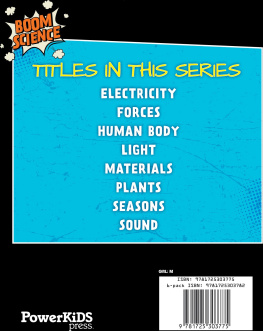

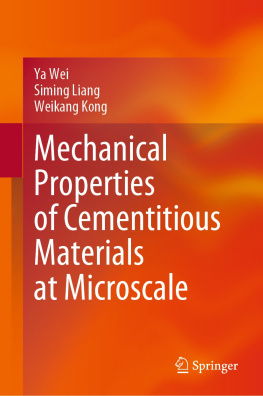
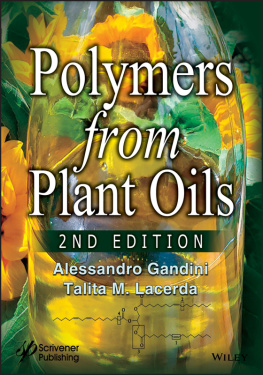
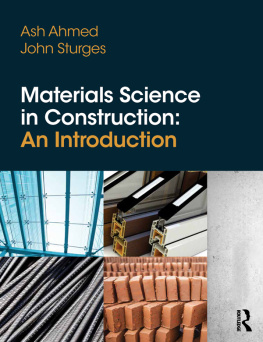
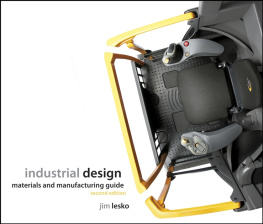

 Contents
Contents